Editor’s Note: St. Gregory Palamas, Archbishop of Thessalonica (1296 – 1359), an Eastern Orthodox monk and bishop (interestingly, referred to a “a great theological writer” by Pope John Paul II), was a champion of hesychasm. He was canonized as a Saint in the Orthodox Church and is a popular figure in that group. Here, he addresses the Transfiguration of Christ, celebrated on August 6 in various Christian groups, including Roman Catholics and Orthodox.
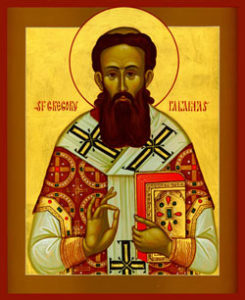 For an explanation of the present Feast and understanding of its truth, it is necessary for us to turn to the very start of today’s reading from the Gospel: “Now after six days Jesus took Peter, James and John his brother, and led them up onto a high mountain by themselves” (Mt 17:1).
For an explanation of the present Feast and understanding of its truth, it is necessary for us to turn to the very start of today’s reading from the Gospel: “Now after six days Jesus took Peter, James and John his brother, and led them up onto a high mountain by themselves” (Mt 17:1).
First of all, we might start by asking when the Evangelist Matthew began his six-day count? What kind of day was it? What does the preceding statement indicate, where the Savior, in teaching His disciples, said to them: “For the Son of Man shall come with his angels in the glory of His Father,” and further: “Again I say to you, there are some standing here who shall not taste death, until they have seen the Son of Man coming in His Kingdom” (Mt 16:27-28)? That is to say, it is the Light of His own forthcoming Transfiguration which He terms the Glory of His Father and of His Kingdom.
The Evangelist Luke points this out and reveals this more clearly saying: “Now it came to pass about eight days after these words, that He took Peter and John and James, and went up the mountain to pray. And as He prayed, His countenance was altered, and His raiment became a radiant white” (Lk 9:28-29). But how can the two be reconciled, when one of them speaks definitively about the interval of time as being eight days between the sayings and the manifestation, whereas the other (says): “after six days?”
There were eight on the mountain, but only six were visible. Three, Peter, James and John, had come up with Jesus, and they saw Moses and Elias standing there and conversing with Him, so altogether there were six of them. However, the Father and the Holy Spirit were invisibly with the Lord: the Father, with His Voice testifying that this was His Beloved Son, and the Holy Spirit shining forth with Him in the radiant cloud. Thus, the six are actually eight, and there is no contradiction regarding the eight. Similarly, there is no contradiction with the Evangelists when one says “after six days,” and the other says “eight days after these words.”
But these twofold sayings as it were present is a certain format set in mystery, and together with it that of those actually present upon the Mount. It stands to reason, and everyone rationally studying in accordance with Scripture knows that the Evangelists are in agreement one with another. Luke spoke of eight days without contradicting Matthew, who declared “after six days.” There is not another day added on to represent the day on which these sayings were uttered, nor is the day on which the Lord was transfigured added on (which a rational person might reasonably imagine to be added to the days of Matthew).
The Evangelist Luke does not say “after eight days” (like the Evangelist Matthew says “after six days”), but rather “it came to pass eight days after these words.” But where the Evangelists seem to contradict one another, they actually point out to us something great and mysterious. In actual fact, why did the one say “after six days,” but the other, in ignoring the seventh day, have in mind the eighth day? It is because the great vision of the Light of the Transfiguration of the Lord is the mystery of the Eighth Day, i.e., of the future age, coming to be revealed after the passing away of the world created in six days.
About the power of the Divine Spirit, through Whom the Kingdom of God is to be revealed, the Lord predicted: “There are some standing here who shall not taste death, until they have seen the Son of Man coming in His Kingdom” (Mt 16:28). Everywhere and in every way the King will be present, and everywhere will be His Kingdom, since the advent of His Kingdom does not signify the passing over from one place to another, but rather the revelation of its power of the Divine Spirit. That is why it is said: “come in power.” And this power is not manifest to simple ordinary people, but to those standing with the Lord, that is to say, those who have affirmed their faith in Him like Peter, James and John, and especially those who are free of our natural abasement. Therefore, and precisely because of this, God manifests Himself upon the Mount, on the one hand coming down from His heights, and on the other, raising us up from the depths of abasement, since the Transcendent One takes on mortal nature. Certainly, such a manifest appearance by far transcends the utmost limits of the mind’s grasp, as effectualized by the power of the Divine Spirit.
Thus, the Light of the Transfiguration of the Lord is not something that comes to be and then vanishes, nor is it subject to the sensory faculties, although it was contemplated by corporeal eyes for a short while upon an inconsequential mountaintop. But the initiates of the Mystery, (the disciples) of the Lord at this time passed beyond mere flesh into spirit through a transformation of their senses, effectualized within them by the Spirit, and in such a way that they beheld what, and to what extent, the Divine Spirit had wrought blessedness in them to behold the Ineffable Light.
Those not grasping this point have conjectured that the chosen from among the Apostles beheld the Light of the Transfiguration of the Lord by a sensual and creaturely faculty, and through this they attempt to reduce to a creaturely level (i.e., as something “created”) not only this Light, the Kingdom and the Glory of God, but also the Power of the Divine Spirit, through Whom it is meet for Divine Mysteries to be revealed. In all likelihood, such persons have not heeded the words of the Apostle Paul: “Eye has not seen, nor ear heard, nor has it entered into the heart of man, what things God has prepared for those who love Him. But to us God has revealed them through His Spirit. For the Spirit searches all things, even the deep things of God” (1 Cor 2:9-10).
So, with the onset of the Eighth Day, the Lord, taking Peter, James and John, went up on the Mount to pray. He always prayed alone, withdrawing from everyone, even from the Apostles themselves, as for example when with five loaves and two fish He fed the five thousand men, besides women and children (Mt 14:19-23). Or, taking with Him those who excelled others, as at the approach of His Saving Passion, when He said to the other disciples: “Sit here while I go over there and pray” (Mt 26:36). Then He took with Him Peter, James and John. But in our instance right here and now, having taken only these same three, the Lord led them up onto a high mountain by themselves and was transfigured before them, that is to say, before their very eyes.
“What does it mean to say: He was transfigured?” asks the Golden-Mouthed Theologian (Chrysostomos). He answers this by saying: “It revealed something of His Divinity to them, as much and insofar as they were able to apprehend it, and it showed the indwelling of God within Him.” The Evangelist Luke says: “And as He prayed, His countenance was altered” (Lk 9:29); and from the Evangelist Matthew we read: “And His face shone as the sun” (Mt 17:2). But the Evangelist said this, not in the context that this Light be thought of as subsistent for the senses (let us put aside the blindness of mind of those who can conceive of nothing higher than what is known through the senses). Rather, it is to show that Christ God, for those living and contemplating by the Spirit, is the same as the sun is for those living in the flesh and contemplating by the senses. Therefore, some other Light for the knowing the Divinity is not necessary for those who are enriched by Divine gifts.
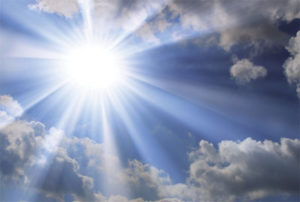 That same Inscrutable Light shone and was mysteriously manifest to the Apostles and the foremost of the Prophets at that moment, when (the Lord) was praying. This shows that what brought forth this blessed sight was prayer, and that the radiance occurred and was manifest by uniting the mind with God, and that it is granted to all who, with constant exercise in efforts of virtue and prayer, strive with their mind towards God. True beauty, essentially, can be contemplated only with a purified mind. To gaze upon its luminance assumes a sort of participation in it, as though some bright ray etches itself upon the face.
That same Inscrutable Light shone and was mysteriously manifest to the Apostles and the foremost of the Prophets at that moment, when (the Lord) was praying. This shows that what brought forth this blessed sight was prayer, and that the radiance occurred and was manifest by uniting the mind with God, and that it is granted to all who, with constant exercise in efforts of virtue and prayer, strive with their mind towards God. True beauty, essentially, can be contemplated only with a purified mind. To gaze upon its luminance assumes a sort of participation in it, as though some bright ray etches itself upon the face.
Even the face of Moses was illumined by his association with God. Do you not know that Moses was transfigured when he went up the mountain, and there beheld the Glory of God? But he (Moses) did not effect this, but rather he underwent a transfiguration. However, our Lord Jesus Christ possessed that Light Himself. In this regard, actually, He did not need prayer for His flesh to radiate with the Divine Light; it was but to show from whence that Light descends upon the saints of God, and how to contemplate it. For it is written that even the saints “will shine forth like the sun” (Mt 13:43), which is to say, entirely permeated by Divine Light as they gaze upon Christ, divinely and inexpressibly shining forth His Radiance, issuing from His Divine Nature. On Mount Tabor it was manifest also in His Flesh, by reason of the Hypostatic Union (i.e., the union of the two perfect natures, divine and human, within the divine Person [Hypostasis] of Christ, the Second Person of the Most Holy Trinity). The Fourth Ecumenical Council at Chalcedon defined this Hypostatic union of Christ’s two natures, divine and human, as “without mingling, without change, without division, without separation.”
We believe that at the Transfiguration He manifested not some other sort of light, but only that which was concealed beneath His fleshly exterior. This Light was the Light of the Divine Nature, and as such, it was Uncreated and Divine. So also, in the teachings of the Fathers, Jesus Christ was transfigured on the Mount, not taking upon Himself something new nor being changed into something new, nor something which formerly He did not possess. Rather, it was to show His disciples that which He already was, opening their eyes and bringing them from blindness to sight. For do you not see that eyes that can perceive natural things would be blind to this Light?
Thus, this Light is not a light of the senses, and those contemplating it do not simply see with sensual eyes, but rather they are changed by the power of the Divine Spirit. They were transformed, and only in this way did they see the transformation taking place amidst the very assumption of our perishability, with the deification through union with the Word of God in place of this.
So also she who miraculously conceived and gave birth recognized that the One born of her is God Incarnate. So it was also for Simeon, who only received this Infant into his arms, and the aged Anna, coming out [from the Jerusalem Temple] for the Meeting, since the Divine Power illumined, as through a glass windowpane, giving light for those having pure eyes of heart.
And why did the Lord, before the beginning of the Transfiguration, choose the foremost of the Apostles and lead them up onto the Mount with Him? Certainly, it was to show them something great and mysterious. What is particularly great or mysterious in showing a sensory light, which not only the foremost, but all the other Apostles already abundantly possessed? Why would they need a transforming of their eyes by the power of the Holy Spirit for a contemplation of this Light, if it were merely sensory and created? How could the Glory and the Kingdom of the Father and the Holy Spirit project forth in some sort of sensory light? Indeed, in what sort of Glory and Kingdom would Christ the Lord come at the end of the ages, when there would not be necessary anything in the air, nor in expanse, nor anything similar, but when, in the words of the Apostle, “God will be all in all” (1 Cor 15: 28)? That is to say, will He alter everything for all? If so, then it follows that light is included.
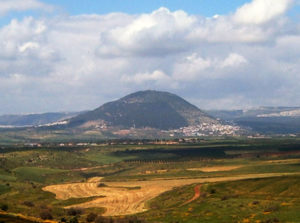 Hence it is clear that the Light of Tabor was a Divine Light. And the Evangelist John, inspired by Divine Revelation, says clearly that the future eternal and enduring city “has no need of the sun or moon to shine upon it. For the Glory of God lights it up, and the Lamb will be its lamp” (Rev 21:23). Is it not clear, that he points out here that this [Lamb] is Jesus, Who is divinely transfigured now upon Tabor, and the flesh of Whom shines, is the lamp manifesting the Glory of divinity for those ascending the mountain with Him?
Hence it is clear that the Light of Tabor was a Divine Light. And the Evangelist John, inspired by Divine Revelation, says clearly that the future eternal and enduring city “has no need of the sun or moon to shine upon it. For the Glory of God lights it up, and the Lamb will be its lamp” (Rev 21:23). Is it not clear, that he points out here that this [Lamb] is Jesus, Who is divinely transfigured now upon Tabor, and the flesh of Whom shines, is the lamp manifesting the Glory of divinity for those ascending the mountain with Him?
John the Theologian also says about the inhabitants of this city: “they will not need light from lamps, nor the light of the sun, for the Lord God will shed light upon them, and night shall be no more” (Rev 22:5). But how, we might ask, is there this other light, in which “there is no change, nor shadow of alteration” (Jas 1:17)? What light is there that is constant and unsetting, unless it be the Light of God? Moreover, could Moses and Elias (and particularly the former, who clearly was present only in spirit, and not in flesh [Elias having ascended bodily to Heaven on the fiery chariot]) be shining with any sort of sensory light, and be seen and known? Especially since it was written of them: “they appeared in glory, and spoke of his death, which he was about to fulfill at Jerusalem” (Lk 9:30-31). And how otherwise could the Apostles recognize those whom they had never seen before, unless through the mysterious power of the Divine Light, opening their mental eyes?
But let us not tire our attention with the furthermost interpretations of the words of the Gospel. We shall believe thus, as those same ones have taught us, who themselves were enlightened by the Lord Himself, insofar as they alone know this well: the Mysteries of God, in the words of a prophet, are known to God alone and His perpetual proximity. Let us, considering the Mystery of the Transfiguration of the Lord in accord with their teaching, strive to be illumined by this Light ourselves and encourage in ourselves love and striving towards the Unfading Glory and Beauty, purifying our spiritual eyes of worldly thoughts and refraining from perishable and quickly passing delights and beauty which darken the garb of the soul and lead to the fire of Gehenna and everlasting darkness. Let us be freed from these by the illumination and knowledge of the incorporeal and ever-existing Light of our Savior transfigured on Tabor, in His Glory, and of His Father from all eternity, and His Life-Creating Spirit, Whom are One Radiance, One Godhead, and Glory, and Kingdom, and Power now and ever and unto ages of ages. Amen.
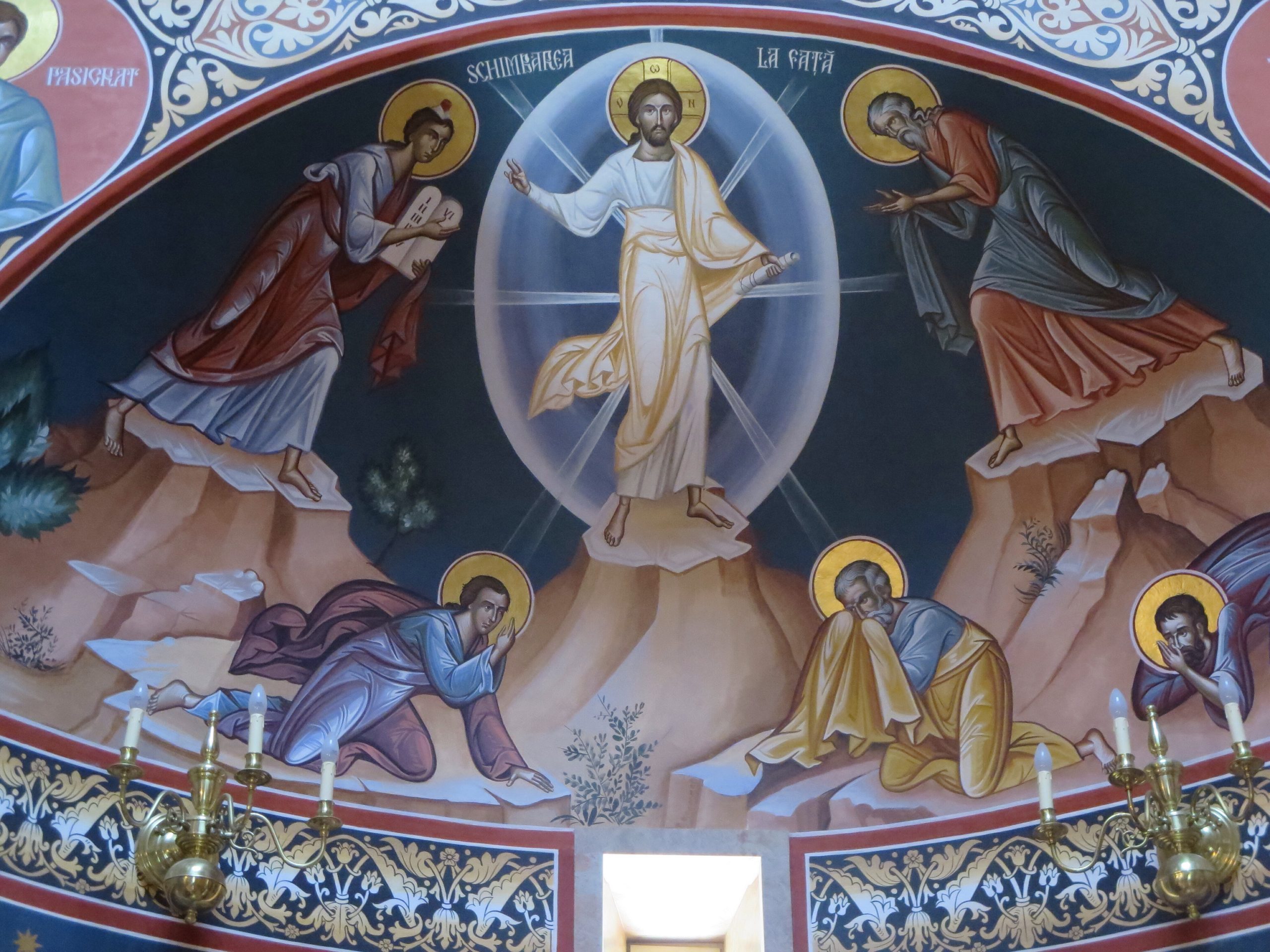


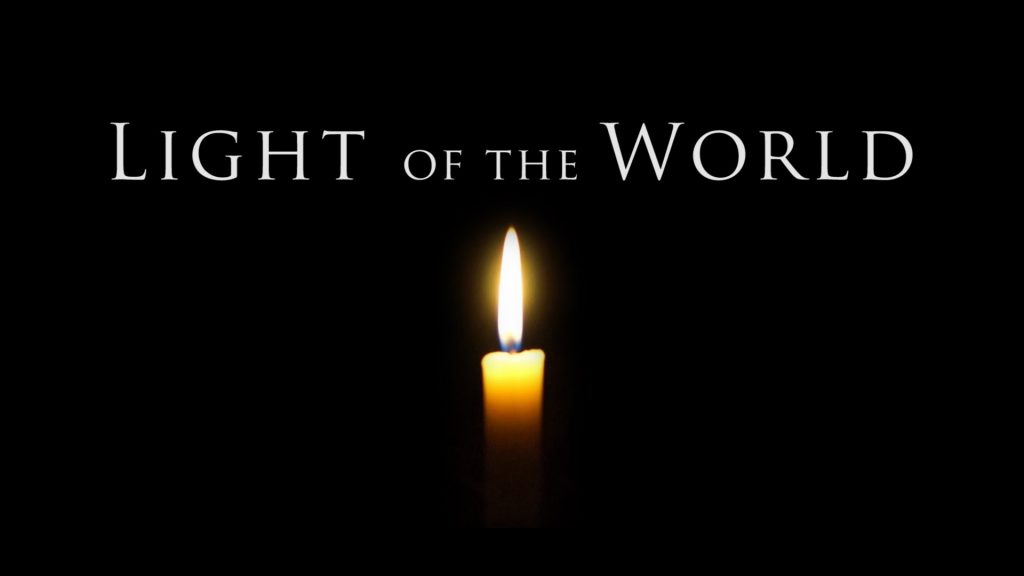
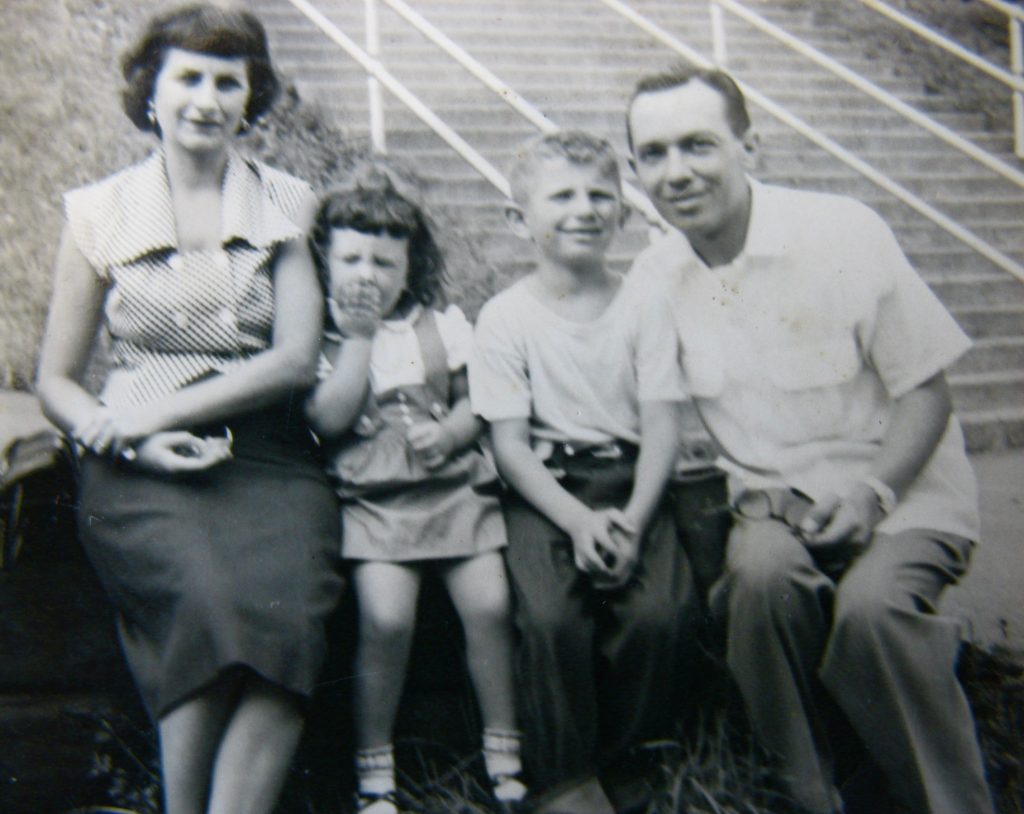

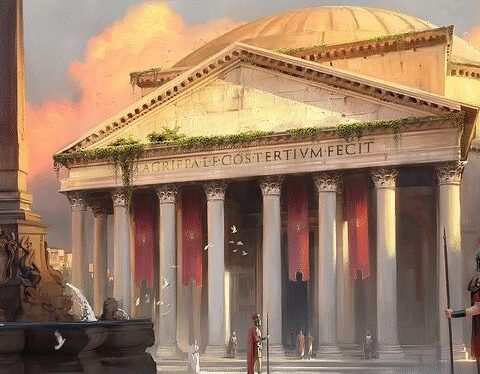


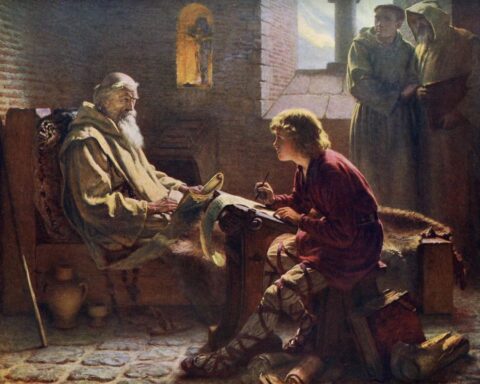
[…] Source link […]
5